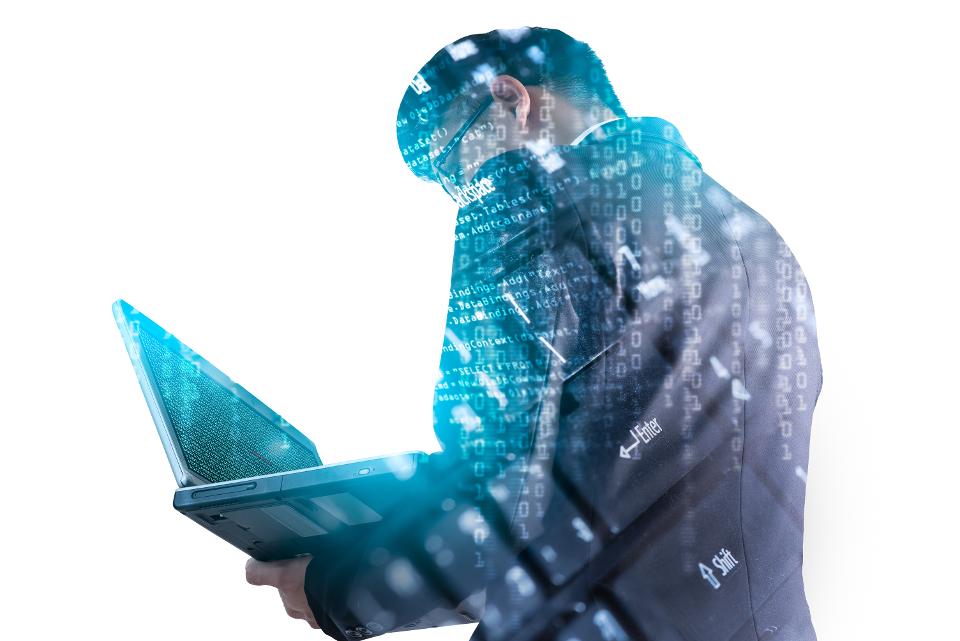Machine learning and artificial intelligence have been the talk of the town for the past few years—and the hype isn’t slowing down anytime soon. 2019 is going to be the year for businesses who have waited to finally jump on board to witness a goldmine of advancements for their industry.
copyright by www.forbes.com
 What could we potentially see next year? New and innovative uses for machine learning? Further evolution of human and machine interaction? The rise of AI assistants? Let’s dig deeper into AI and machine learning predictions for the coming months.
What could we potentially see next year? New and innovative uses for machine learning? Further evolution of human and machine interaction? The rise of AI assistants? Let’s dig deeper into AI and machine learning predictions for the coming months.
New Uses for Machine Learning Across Multiple Industries
When dealing with a technology as advanced as machine learning, there simply isn’t an industry that would not benefit. I mean how could a business not take advantage of a technology that would make them more successful? In the next year, there will be multiple new uses for machine learning in all of these industries available for the taking and I’m not just talking about in marketing and sales.
The US Army is currently using machine learning to predict when combat vehicles need repair. Think about it, there are millions of pieces of equipment that our Army uses each and every day. To keep track of the data involved, they are recruiting the help of an AI assistant. For the first implementation, a few dozen armored infantry transports will receive sensors inside of the vehicles’ engines. These sensors will record temperature and RPM and will transmit it to the software. Machine learning capabilities will look for patterns in the data that match engine failures in similar vehicles.
What if your car did this? AAA might become obsolete if your car could tell you that the transmission is about to crap out on you. If the army is using the technology, I’m sure it won’t be long till we see it in the civilian world.
Automotive isn’t the only industry that is seeing potential new uses for this tech, healthcare is about to see some changes too. As if Google wasn’t already on the AI map, they have begun to predict the likelihood of a patient’s death using machine learning – with staggering 95 percent accuracy. How? AI created by the company looks at the variables of a patient’s health records, takes into account demographics, health history and more. It then predicts the probability of the patient’s death within 24 hours of admittance. That sounds slightly morbid when you first hear about it but think of the impact it could have on the healthcare industry. Machine learning could help save lives! I mean that’s pretty cool if you ask me. […]
read more – copyright by www.forbes.com


Machine learning and artificial intelligence have been the talk of the town for the past few years—and the hype isn’t slowing down anytime soon. 2019 is going to be the year for businesses who have waited to finally jump on board to witness a goldmine of advancements for their industry.
copyright by www.forbes.com
New Uses for Machine Learning Across Multiple Industries
When dealing with a technology as advanced as machine learning, there simply isn’t an industry that would not benefit. I mean how could a business not take advantage of a technology that would make them more successful? In the next year, there will be multiple new uses for machine learning in all of these industries available for the taking and I’m not just talking about in marketing and sales.
The US Army is currently using machine learning to predict when combat vehicles need repair. Think about it, there are millions of pieces of equipment that our Army uses each and every day. To keep track of the data involved, they are recruiting the help of an AI assistant. For the first implementation, a few dozen armored infantry transports will receive sensors inside of the vehicles’ engines. These sensors will record temperature and RPM and will transmit it to the software. Machine learning capabilities will look for patterns in the data that match engine failures in similar vehicles.
What if your car did this? AAA might become obsolete if your car could tell you that the transmission is about to crap out on you. If the army is using the technology, I’m sure it won’t be long till we see it in the civilian world.
Automotive isn’t the only industry that is seeing potential new uses for this tech, healthcare is about to see some changes too. As if Google wasn’t already on the AI map, they have begun to predict the likelihood of a patient’s death using machine learning – with staggering 95 percent accuracy. How? AI created by the company looks at the variables of a patient’s health records, takes into account demographics, health history and more. It then predicts the probability of the patient’s death within 24 hours of admittance. That sounds slightly morbid when you first hear about it but think of the impact it could have on the healthcare industry. Machine learning could help save lives! I mean that’s pretty cool if you ask me. […]
read more – copyright by www.forbes.com
Share this: